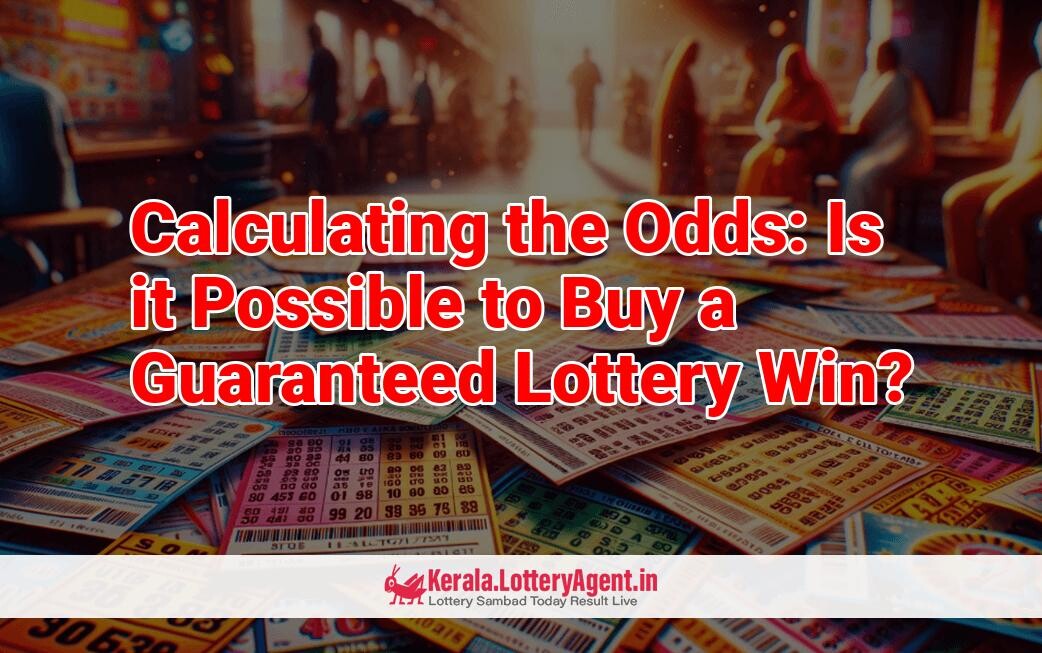
Can you imagine how winning a lottery jackpot can make your life better? You could invest in a business or quit your job and travel the world. Becoming the grand prize winner remains a dream for most people. You need a lot of luck to be the player who won the jackpot. Have you ever wondered if there’s a way to guarantee a win? How many lottery combinations would you need to purchase to get that grand prize? This guide discusses the approach of buying all potential combinations in a lotto draw and whether that’s profitable. Here’s what you should know about winning the grand prize with this method!
Contents
The one foolproof way to land the coveted grand prize in the lottery is by purchasing every possible combination that could be drawn. However, the feasibility and profitability of this approach are another matter altogether.
The number of necessary combinations depends on the lottery’s format, specifically the range and number of balls chosen in the draw. To get the precise figure for each lotto game, our lottery odds calculator is a handy tool, and we’ve done the math for you for some of the most popular lotteries as follows:
To illustrate, the US Powerball starts its jackpot at $40 million and utilizes a two-drum mechanism. The winning combination tops out at 292,201,338, which represents the number of tickets you’d need to buy to clinch the winner’s spot. For the Powerball, five numbers are picked between 1 and 69, plus one Powerball number between 1 and 26. So the total calculation is 11,238,513 combinations times 26, equalling 292,201,338 unique combinations.
The scenario is similar but with higher odds for MegaMillions, which poses 302,575,350 potential combinations. For this lottery, you would require the same number of tickets to cover every possible draw outcome. The calculation here is based on selecting five numbers from 1 to 70 and a Megaball from 1 to 25, which mathematically equates to 12,103,014 times 25.
In Europe, EuroJackpot is an immensely popular lottery, employing a 5/50 + 2/10 formula, indicting a dual-drum game with a win guarantee at 95,344,200 combinations. Players select five main numbers from 1 to 50 along with two Euro numbers from 1 to 10, which translates into 2,118,760 by 45 with the outcome of 95,344,200 combinations.
Another European favorite, EuroMillions, has poorer odds when compared to its main rival, but compensates with better prizes, presenting a jackpot win combination at 139,838,160. Five numbers between 1 and 50 are chosen, plus two lucky star numbers from a pool of 1 to 12, yielding the calculation of 2,118,760 by 66, for a total combination count of 139,838,160.
Not to be overlooked, Italy’s SuperEnalotto, a single-drum lottery with a jaw-dropping 622,614,630 combinations courtesy of its 6/90 scheme—the highest count across all single-drum lottery games worldwide. Players must pick six numbers between 1 and 90 to play.
The Brazilian Mega Sena, similar in structure, offers 50,063,860 combinations with its 6/60 single-drum format. Its jackpot can soar with each rollover, although it only boasts three prize tiers. The calculation requires choosing six out of sixty numbers.
The French Lotto, another European game employs a 5/49+1/10 structure, requires 19,068,840 combinations for a win. Conducted thrice weekly, the base grand prize fund starts at €2 million.
For the German Lotto, with a rollover cap of 12 times limiting the grand prize, 139,838,160 combinations are needed. Players pick six white balls between 1 to 49, plus a superball from 0 to 9 for their chance to win.
The UK National Lottery, hosted by Camelot, offers up a simpler 6/59 format with a bonus ball, limiting jackpot rollovers to five occurrences. The total combination count to guarantee a win stands at 45,057,474.
Lastly, the UK Thunderball guarantees that the grand prize won’t be shared with others and provides four weekly draws. It employs a 6/39 + 1/14 dual-drum formula, demanding 8,060,598 combinations for a definite jackpot win.
Is It Worth the Investment?
Buying all the combinations to win a lottery seems theoretically sound, but the real test is its practicality and profitability. To understand if it’s worthwhile, one must consider the ticket cost multiplied by the needed combinations compared to the jackpot amount. For example, purchasing all Powerball combinations would require over half a billion dollars—an investment seldom eclipsed by the jackpot, once taxes, lump-sum discounts, and the risk of shared winnings are factored in.
This strategy often falls short of profitability when considering the hurdles: taxes, annuity versus lump sum choices, and the chance of not being the sole winner. Add to that, the logistical nightmare of purchasing millions of tickets within the span of a few days makes this an almost Herculean task.
Historically, there have been attempts like that of Stefan Mandel, who outsmarted several lotteries to win 14 times. However, increasingly sophisticated lottery defenses make this less feasible today.
Legally, there’s no prohibition against buying all lottery tickets, but it’s bound to garner regulatory attention. And with online platforms, purchasing every ticket exclusively is impossible, given that others might buy overlapping combinations.
Final Verdict: While possible on paper, the strategy of buying all lottery combinations is neither practical nor advisable. As lotteries evolve, so have their defenses against such methods. For most, playing the lottery should be about the thrill and enjoyable suspense, with strategies aimed at increasing chances rather than ensuring a win. Should luck favor you with a jackpot, consider it an extraordinary bonus to the entertainment the lottery already offers.
Important Note: We’ve compiled a list of recommended lottery sites where you can play, often with discounts, such as 25% off any ticket or 20% off your first order using a promo code. Sometimes there are offers such as buying one ticket and getting two more for free—adding more fun to your gameplay.











